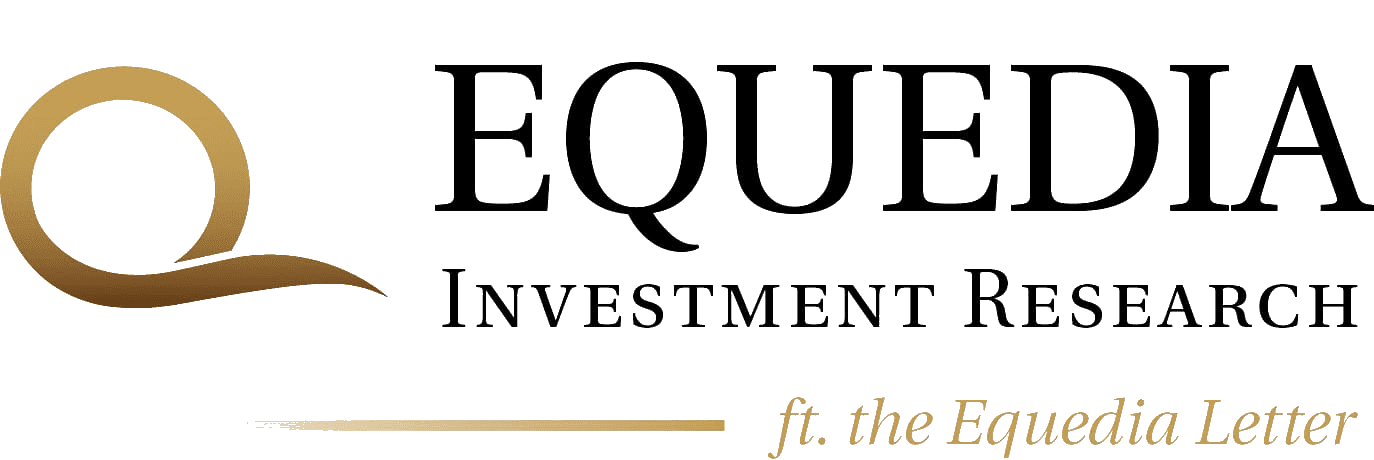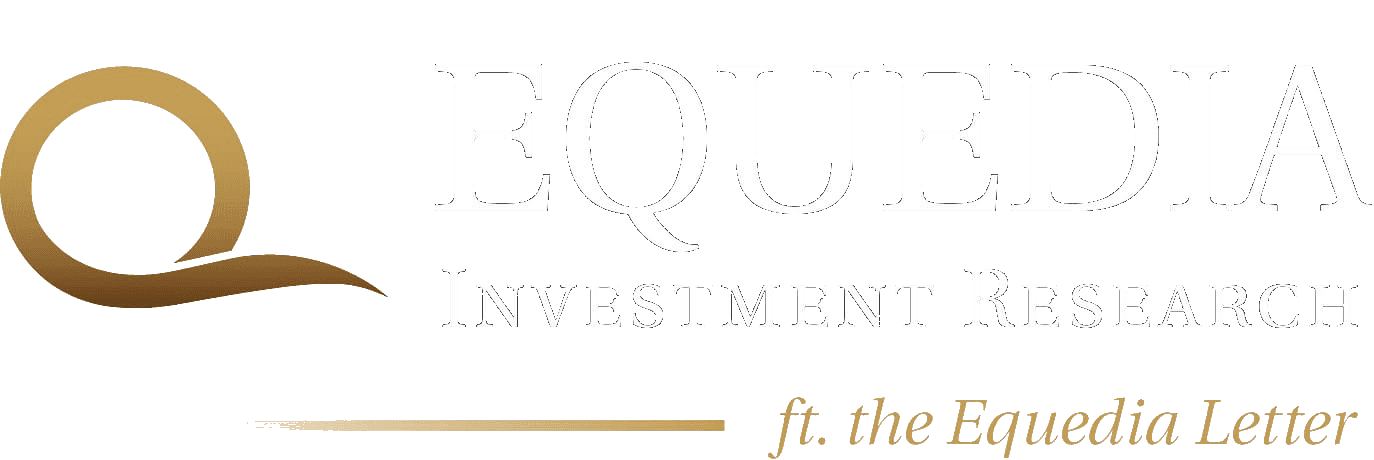
Dear Readers,
The Oscar for best president goes to Obama.
Enough with the elections already; it’s over and we have to deal with it. Now looms the fiscal cliff and the debt ceiling debate (see A Storm is Gathering).
Going over the cliff and breaching the debt ceiling without resolve means absolute disaster. Nuff said. Will America allow this to happen? Will America be allowed to continue its downward spiral and be mounted off from its position as World Leader? The answer now lies with a President with no prior experience in business, or a track record of success in turning things around.
I have said over and over again that we cannot predict politics or the actions of glorified actors wearing neck ties.
We must protect ourselves by making the right investments now; so when all hits the fan, we have money to buy back at rock bottom prices. Time to load up on precious metals and select related stocks, farmland, and go buy some guns – yes, guns.
I am not being a pessimist. I am a realist. The Equedia Letter was created to do just that; to look at investment decisions from both points of view. It’s a letter written with equality in mind and with equal distance from both sides of the media. Hence, Equedia: “Equ” as in equal; and “edia” as in media.
Looking at our current situation from both sides of the table leads to only two conclusions for the stock market:
1) Either we continue to inflate
2) Our market goes into bear territory
So far the markets have continued to inflate, as I had predicted earlier in the year. It’s a lot higher than where it should be in terms of true fundamental growth; but from an earnings standpoint, it’s not too bad. But how long is this growth sustainable, given that so many bullets have already been fired?
As a result of the current market environment, investing may seem more difficult; it certainly is for hedge funds, institutions, and bond traders. But when you look at it from an optimist’s perspective, it’s actually easier to track down winners. This market filters out the garbage – especially in the junior resource sector. Money is only going into the best projects, managed by the best people in the industry.
Despite the underperformance of stocks in the gold sector (both GDX and GDXJ are down significantly in the last 52 weeks), the Equedia Select portfolio is up significantly this year – beating every major index, as well as gold and silver itself.
I attribute this to a simple investment model which I explained in a previous letter and past interviews with other media sources.
The Performance of the Year
We have witnessed great returns for every one of the Equedia Select companies I initially announced this year.
Last week, there was one that truly stood out:
Timmins Gold (TSX: TMM) (NYSE MKT: TGD)
Timmins Gold surged to a near all-time high of CDN$3.39 on the Canadian exchange and an all-time high of US$3.40 on the US exchange.
When I had first covered Timmins, they were lagging seriously behind their peers. Week after week since my initial report, they have beaten them.
Take a look at last week:
 |
| Source: RBC Capital Markets |
Timmins’ jumped 11.7%, while its peers fell 0.3%. As a result, Timmins has now beaten their overall peer group in every percentage price change category.
Consider that Apple, the world’s pride and joy, has fallen 20%* since hitting a record high in September (that’s bear market territory, by the way), I’d say Timmins is doing pretty good.
*That’s a loss of over US$130 billion in shareholder equity. But hey, it’s Apple; anytime I see such a big drop from a company with so much cash and sales, I see potential for a quick rebound.
You might be wondering, “Why am I even talking about Apple? I thought we were talking about Timmins?”
Let me explain.
Apple’s story always leads me to the historical precedence that all leaders eventually fail; whether it’s in the private or public sector. I am not saying Apple is going to fail – not by a long shot, and not right now.
But history has proven that leaders eventually fall.
GM used to be the automotive powerhouse. Sears and K-Mart were destroyed by Wal Mart. Microsoft ran over IBM. Blackberry is being destroyed by Apple. Apple’s iPhone just got outsold by Samsung’s S3. Goldcorp last week just overthrew Barrick as the world’s largest gold producer by market cap.
The big companies, or blue chips, have always been perceived as safe investment bets; yet history shows they can just as easily be dethroned by much smaller companies. Just look at Apple: US$130 billion of shareholder money has been lost in the last few months alone.
Playing it safe in this market means making little to no returns; yet you still have the downside risk. If you’re going to take risks in this market, wouldn’t it be smarter to make more than just a little return?
That is why investments into the smaller, upcoming companies always make more sense. The smaller companies have the ability to rapidly expand in every aspect of their business.
Think about it: How much will Apple have to grow in order to double in size? When they hit a $1 trillion market cap with annual sales of over $300 billion?
What about companies in the gold sector such as Barrick?
Barrick will have to produce more than 15 million ounces of gold per year, or increase their proven and probable mineral reserves to 280 million ounces of gold, 2 billion ounces of silver contained within gold reserves and 25 billion pounds of copper. What are the chances of that happening in the next three years?
That’s why companies like Timmins Gold make sense. The Company is up 52% since our initial report, while Barrick is down 3.6% during the same time period.*
*(August 24th closing price to Friday’s closing price, on the TSX.)
Smaller is Better
I am sure men all over are rejoicing at that sound of that. Too bad it’s not always true; but there is a time when it is.
In the case of gold companies, recent data proves that smaller is better.
A Bloomberg Industries index of 20 so-called mid-tier gold miners rose 1.3 percent in the past three years, compared with a 19 percent decline in a gauge of 14 seniors. That doesn’t seem like much but it’s a lot more than you think when you consider that historically, the majors have always led the sector in times of rising gold prices. Leveraging gold prices by investing in major gold producers has always been the traditional mentality.
But things are different now.
Secrets of the Big Gold Producers
The big producers are now facing problems with a major surge in production costs. You would think that companies with so many economies of scale advantages should enjoy a 20 to 30 per cent cost advantage over smaller competitors. But mines are being shut down everywhere as a result of rising costs; many of them belonging to the big producers (see Proof its Still the Best).
Just a few months ago, Barrick’s massive Pascua-Lama construction project hammered investors with a 50%-60% escalation of projected costs for the project. Just recently, Barrick revealed another upward adjustment, raising the total budget to as much as $8.5 billion!
Barrick’s current $592 per ounce, co-product cash costs for gold production may seem small, considering gold prices are over $1700 per ounce, but a further look reveals some shocking hidden secrets.
The True Costs of Mining: More Secrets of the Big Gold Producers
Every company has its own internal way of calculating cash costs; there is no true standard across the sector. That means much of the true costs of production are buried deep beneath the accounting record books.
Take a look at this excerpt from the Globe and Mail’s Sean Silcoff:
The numbers used to calculate “cash costs” are quite selective and are intended to reflect the continuing cost of digging gold out of the ground, without factoring in accounting distortions such as depreciation and other expenses not directly related to production. The problem is that these figures don’t come close to representing the full cost of digging up and processing the metal.
Excluded are general and administrative expenses, basic maintenance and capital expenditures to sustain facilities and mines, corporate taxes, even the cost to lift shovels of dirt that don’t contain actual gold. Given that mines deplete over time as their resources are used up, even exploration costs should be included in the cost calculation, as they help miners maintain production levels, argues Stifel Nicolaus analyst George Topping.
Mr. Topping has come up with a measure that incorporates all that. His “real total cost” for four major Canadian gold producers this year ranges from $1,588 an ounce for Barrick to $1,908 for Kinross Gold Corp. – an average of $1,711 per ounce. That is 2.7 times their projected cash costs, and just $12 per ounce more than his estimate of the average gold price. Most of those non-cash-cost expenses are capitalized, which means they are recognized as expenses over several years, rather than in a lump sum in the year when they occur.
Other analysts have different measures but there’s a growing consensus that the all-in cost of mining gold is significantly higher than reported, while gold miners in general have failed to generate any free cash flow, says Veritas Investment Research analyst Pawel Rajszel.
After reading that, perhaps you’ll understand why the world’s largest gold producer, Barrick, has a net debt of $11.2 billion.
But Barrick’s not the only one experiencing difficulties. Goldcorp, now the world’s largest gold producer by market cap, is having a difficult year as well.
Goldcorp just cut production guidance in July, and has faced operating problems at its flagship mines in Canada and Mexico. While its growth prospects look great, Goldcorp carries arguably more risk than Barrick over the next few years.
To achieve its long-term guidance, Goldcorp will have to bring several new mines into production; this always represents challenging risks. Rising costs is obviously one of those challenges and early next year, the Company will have to update the cost estimates on its projects. I can almost assure you that the revised cost estimates will be much higher; the only question is how high?
In many cases, as I have just clearly demonstrated, the big producers can represent just as much risk as the junior or intermediate producers; yet, they provide less risk/reward return.
That’s why many funds and institutions are now fueling their money into the junior and intermediate producers, such as Timmins Gold.
In my initial report of Timmins Gold, I said that its third quarter earnings will be the best quarter ever for the Company. I love when people deliver.
Timmins just announced their Q3 results last week and the numbers speak for themselves:
- Metal revenues were $41.7 million, compared to $28.2 million during the same prior year period. This represents a 48% increase over the prior year.
- Profit from operations was $18.3 million, compared to $10.3 million during the same prior year period. This represents a 77% increase over the prior year.
- Cash flows from operations were $14.5 million, compared to $7.8 million during the same prior year period. This represents an 85% increase over the prior year.
- Cash increased to $28.3 million at September 30, 2012 after investing $7.2 million in exploration and plant expansion. Cash at September 30, 2011 was $7.0 million after investing $11.9 million in exploration and plant expansion.
- The Company produced a record 25,153 ounces of gold and sold 25,153 ounces of gold, compared to 17,287 and 16,917, respectively, during the same prior year period. This represents a 46% and 49% increase of ounces produced and sold, respectively, over the prior year.
Timmins is not only showing substantial growth, year-over-year and quarter-over-quarter, but it is generating significant free cash flow. This is the cash that a company is able to generate after laying out the money required to maintain or expand its asset base; in other words, its operating cash flow minus capital expenditures.
That means Timmins is not only able to fund all of its operations, expansion and drilling from existing cash flows, but it has money left over!
I want to make sure you understand just how important it is to generate free cash flow. In a world where the costs of exploration and mining are so high, it’s critical that a company makes money. It’s why Barrick CEO Jamie Sokalsky said in July the company will focus on returns and cash flow, instead of just growing output. Timmins has the ability to do both.
Free cash flow is important because it allows a company to pursue opportunities that truly enhance shareholder value. As the cost of exploration and production rises, companies with growing free cash flow stand out as they will be the ones on the hunt for acquisitions.
Timmins’ growing free cash flow and production profile makes them a strong suitor for gold companies struggling with current market conditions.
Barrick isn’t growing by 50 percent in the next three years. Neither are any of the big gold producers. But companies like Timmins Gold can. Both classes of stock have downside risks based on gold prices, but one has the advantage of being able to grow much faster. So which class has a better risk/reward profile?
I choose the junior to intermediate gold producers like Timmins Gold, any day.
In honour of those who fought for our freedom. Lest we forget. Thank you for defending our right to be free.
Until next week,
Ivan Lo
Equedia Weekly

Disclosure: I am long gold and silver through ETF’s and bullion, as well as long both major and junior gold and silver companies. This includes Barrick Gold and Timmins Gold, which are both mentioned in this report. We’re biased towards Timmins Gold because they are an advertiser and we own shares purchased in the open market and we own options. We also own shares of Barrick Gold purchased in the open market, and as such, we are also biased. You can do the math. Our reputation is built upon the companies we feature. That is why we invest in every company we feature in our Equedia Reports, including Timmins Gold. It’s your money to invest and we don’t share in your profits or your losses, so please take responsibility for doing your own due diligence. Remember, past performance is not indicative of future performance. Just because many of the companies in our previous Equedia Reports have done well, doesn’t mean they all will. Furthermore, Timmins Gold and its management have no control over our editorial content and any opinions expressed are those of our own. We’re not obligated to write a report on any of our advertisers and we’re not obligated to talk about them just because they advertise with us.
Disclaimer and Disclosure
Equedia.com & Equedia Network Corporation bears no liability for losses and/or damages arising from the use of this newsletter or any third party content provided herein. Equedia.com is an online financial newsletter owned by Equedia Network Corporation. We are focused on researching small-cap and large-cap public companies. Our past performance does not guarantee future results. Information in this report has been obtained from sources considered to be reliable, but we do not guarantee that it is accurate or complete. This material is not an offer to sell or a solicitation of an offer to buy any securities or commodities.
Furthermore, to keep our reports and newsletters FREE, from time to time we may publish paid advertisements from third parties and sponsored companies. We are also compensated to perform research on specific companies and often act as consultants to many of the companies mentioned in this letter and on our website at equedia.com. We also make direct investments into many of these companies and own shares and/or options in them. Companies do pay us to advertise on our website and we often distribute our reports on featured companies. While we are never paid to write a rosy and positive report on any company, we do market our reports using the advertising fees paid for by our featured companies.
This process allows us to continue publishing high-quality investment ideas at no cost to you whatsoever. Our revenue is generated by sponsor companies and we grow our readership by using the advertising fees we charge to distribute our reports. This helps both Equedia and our client companies gain exposure and allows us to provide you with our research at no cost.
Therefore, information should not be construed as unbiased. Each contract varies in duration, services performed and compensation received.
If you ever have any questions or concerns about our business or publications, we encourage you to contact us at the email or phone number below.
Equedia.com is not responsible for any claims made by any of the mentioned companies or third party content providers. You should independently investigate and fully understand all risks before investing. We are not a registered broker-dealer or financial advisor. Before investing in any securities, you should consult with your financial advisor and a registered broker-dealer. The information and data in this report were obtained from sources considered reliable. Their accuracy or completeness is not guaranteed and the giving of the same is not to be deemed as an offer or solicitation on our part with respect to the sale or purchase of any securities or commodities. Any decision to purchase or sell as a result of the opinions expressed in this report OR ON Equedia.com will be the full responsibility of the person authorizing such transaction.
Please view our privacy policy and disclaimer to view our full disclosure at http://equedia.com/cms.php/terms. Our views and opinions regarding the companies within Equedia.com are our own views and are based on information that we have received, which we assumed to be reliable. We do not guarantee that any of the companies will perform as we expect, and any comparisons we have made to other companies may not be valid or come into effect. Equedia.com is paid editorial fees for its writing and the dissemination of material and the companies featured do not have to meet any specific financial criteria. The companies represented by Equedia.com are typically development-stage companies that pose a much higher risk to investors. When investing in speculative stocks of this nature, it is possible to lose your entire investment over time. Statements included in this newsletter may contain forward looking statements, including the Company’s intentions, forecasts, plans or other matters that haven’t yet occurred. Such statements involve a number of risks and uncertainties. Further information on potential factors that may affect, delay or prevent such forward looking statements from coming to fruition can be found in their specific Financial reports. Equedia Network Corporation., owner of Equedia.com has been paid $9167 plus HST per month for 12 months of advertising on Timmins Gold plus any additional expenses we may incur as a result of additional advertisements. We have also been granted 150,000 options at $2.15 by Timmins Gold. Equedia.com and its owner own shares of Timmins Gold and may purchase shares of Timmins Gold Corp without notice. We intend to sell every share we purchase for our own profit. We may sell shares in Timmins Gold Corp. without notice to our subscribers.
Equedia Network Corporation is also a distributor (and not a publisher) of content supplied by third parties and Subscribers. Accordingly, Equedia Network Corporation has no more editorial control over such content than does a public library, bookstore, or newsstand. Any opinions, advice, statements, services, offers, or other information or content expressed or made available by third parties, including information providers, Subscribers or any other user of the Equedia Network Corporation Network of Sites, are those of the respective author(s) or distributor(s) and not of Equedia Network Corporation. Neither Equedia Network Corporation nor any third-party provider of information guarantees the accuracy, completeness, or usefulness of any content, nor its merchantability or fitness for any particular purpose.













Let’s begin learning how we go about doing the transfer.
Gold is often a stable asset that keeps its purchasing power and preserves wealth.
Experts consider the silver and gold coins as savior in crisis.
An IRA can be considered as being a long-term investment because of its purpose of being held to the life following retirement.
The Entrust Group could be the premier provider of
account administration services for self-directed retirement plans in the US.